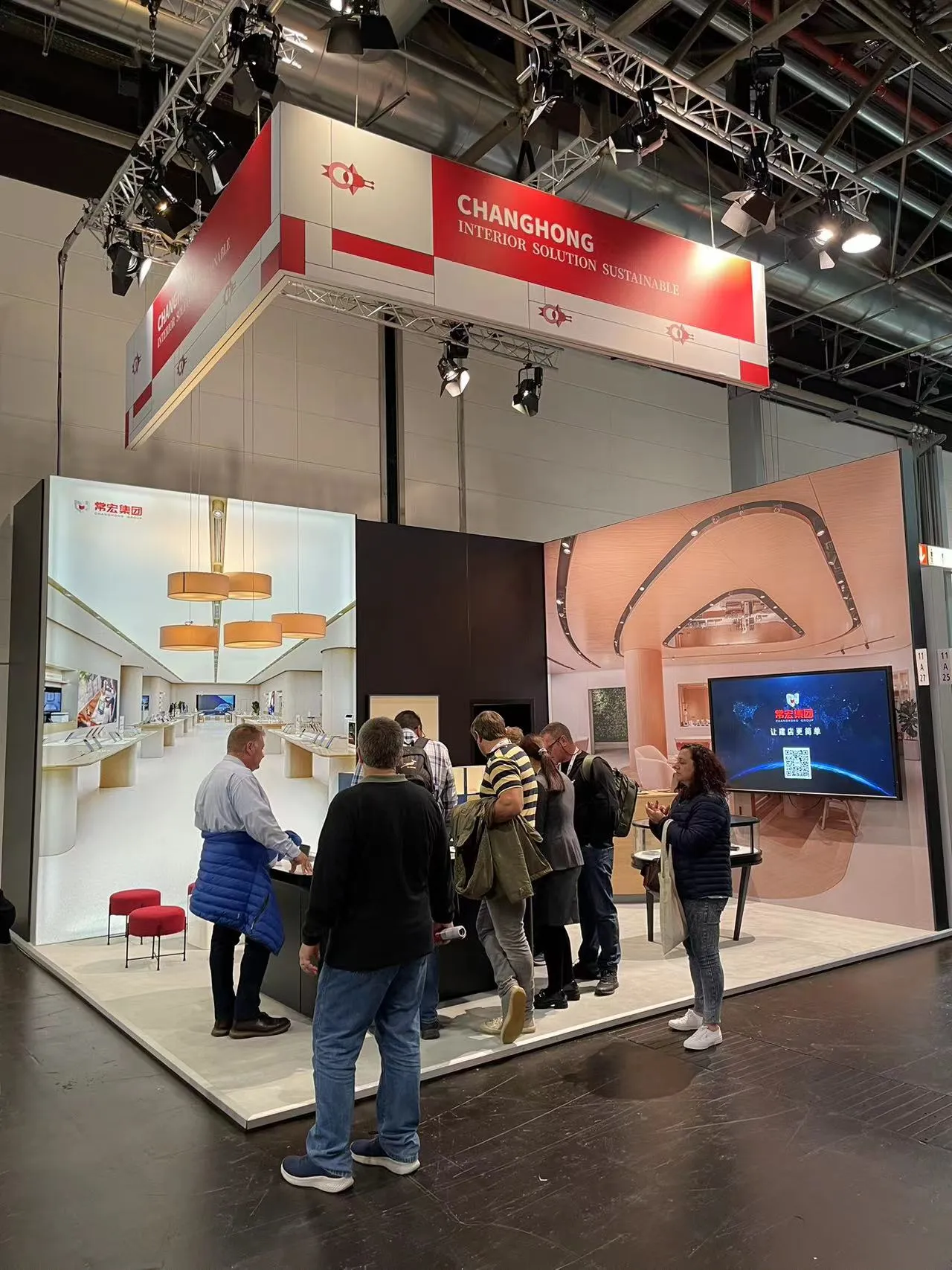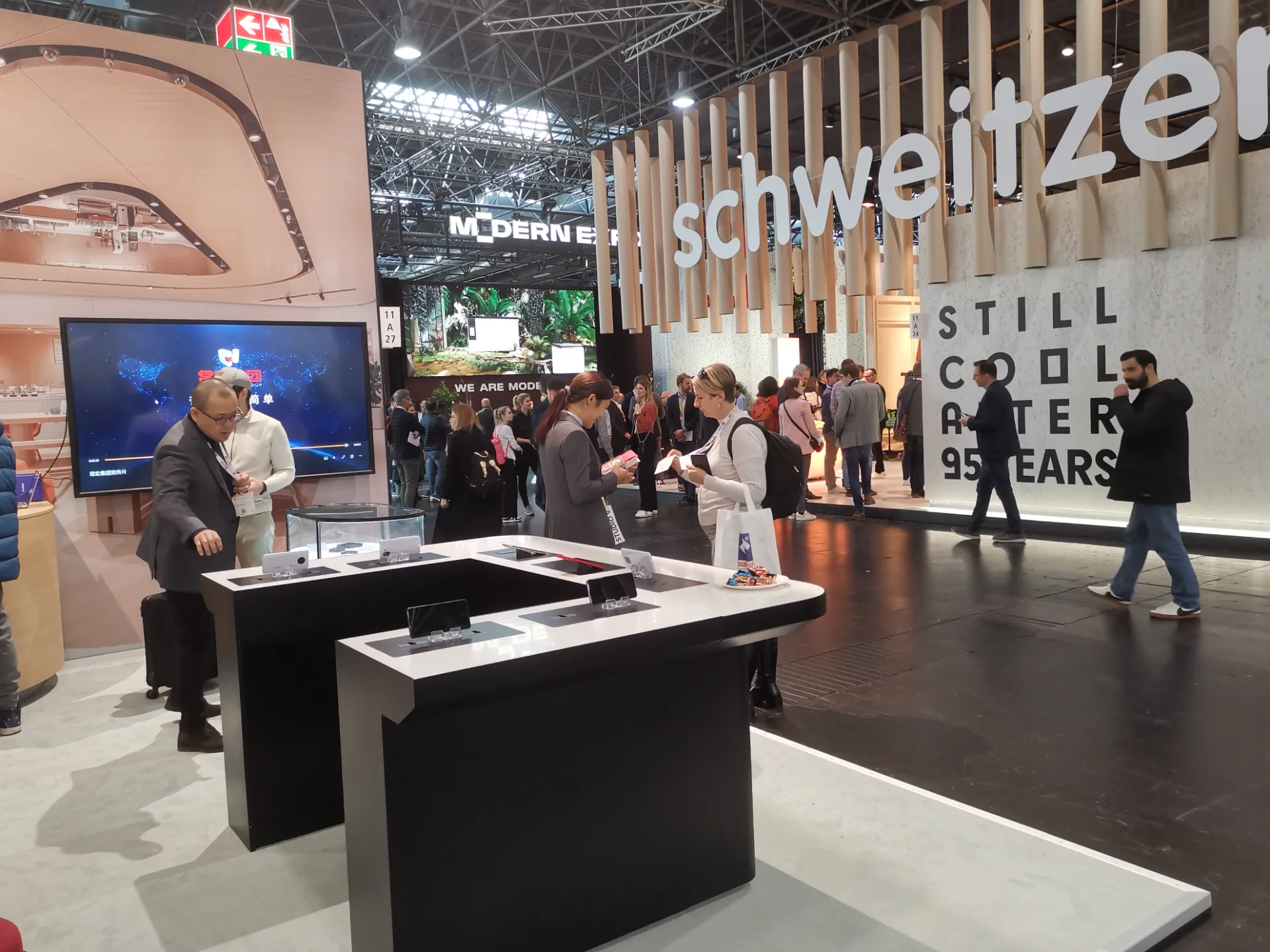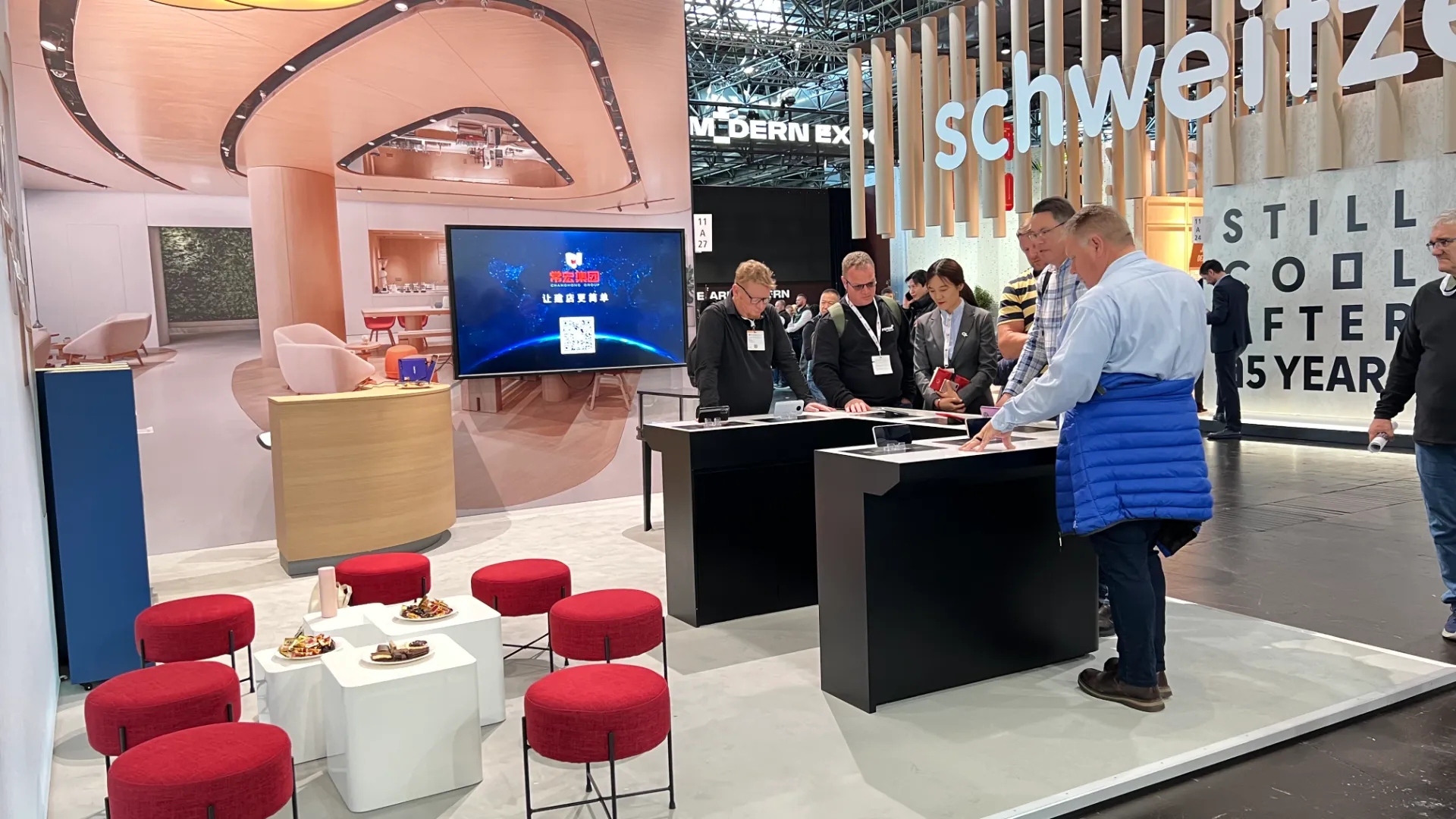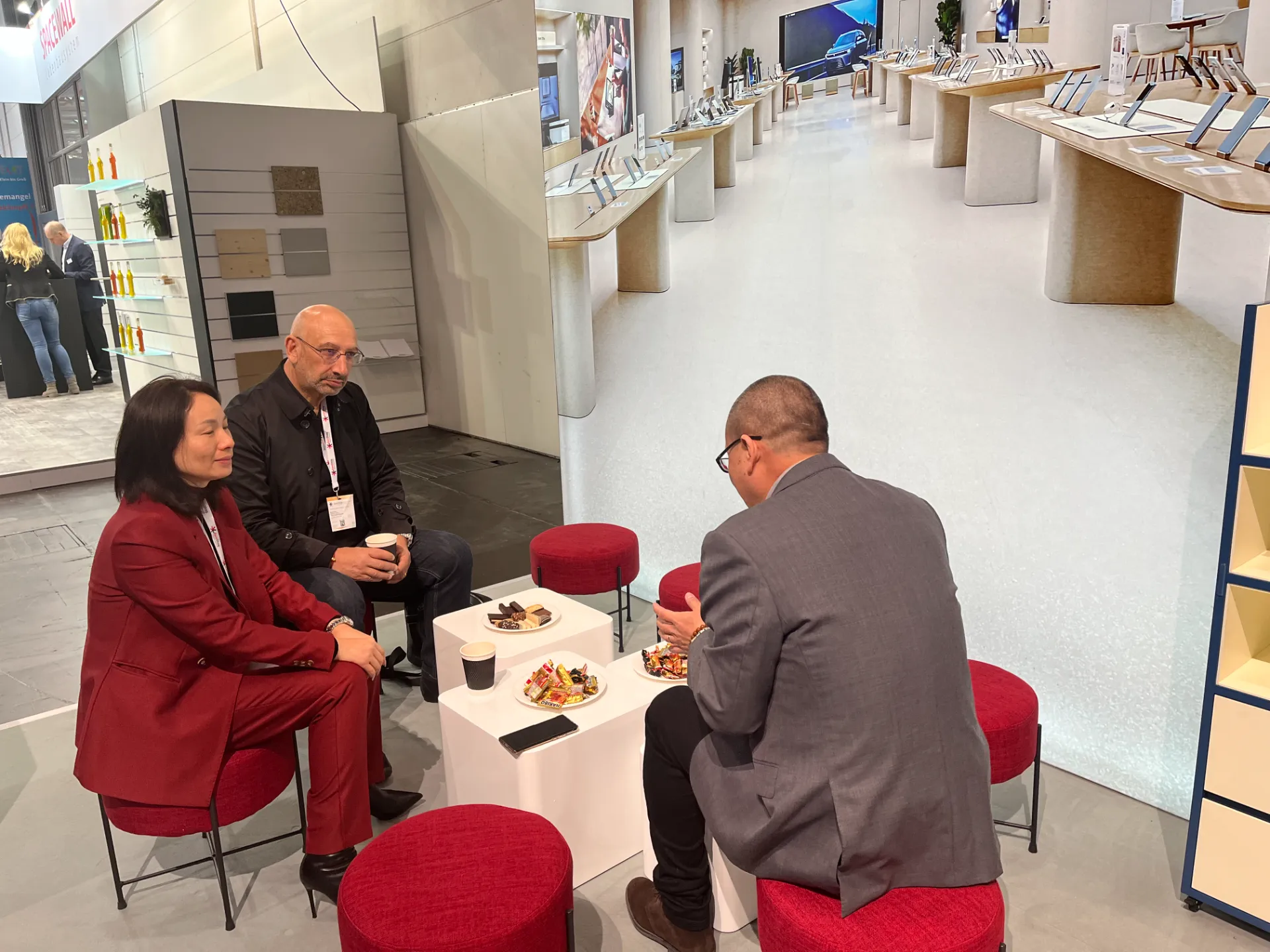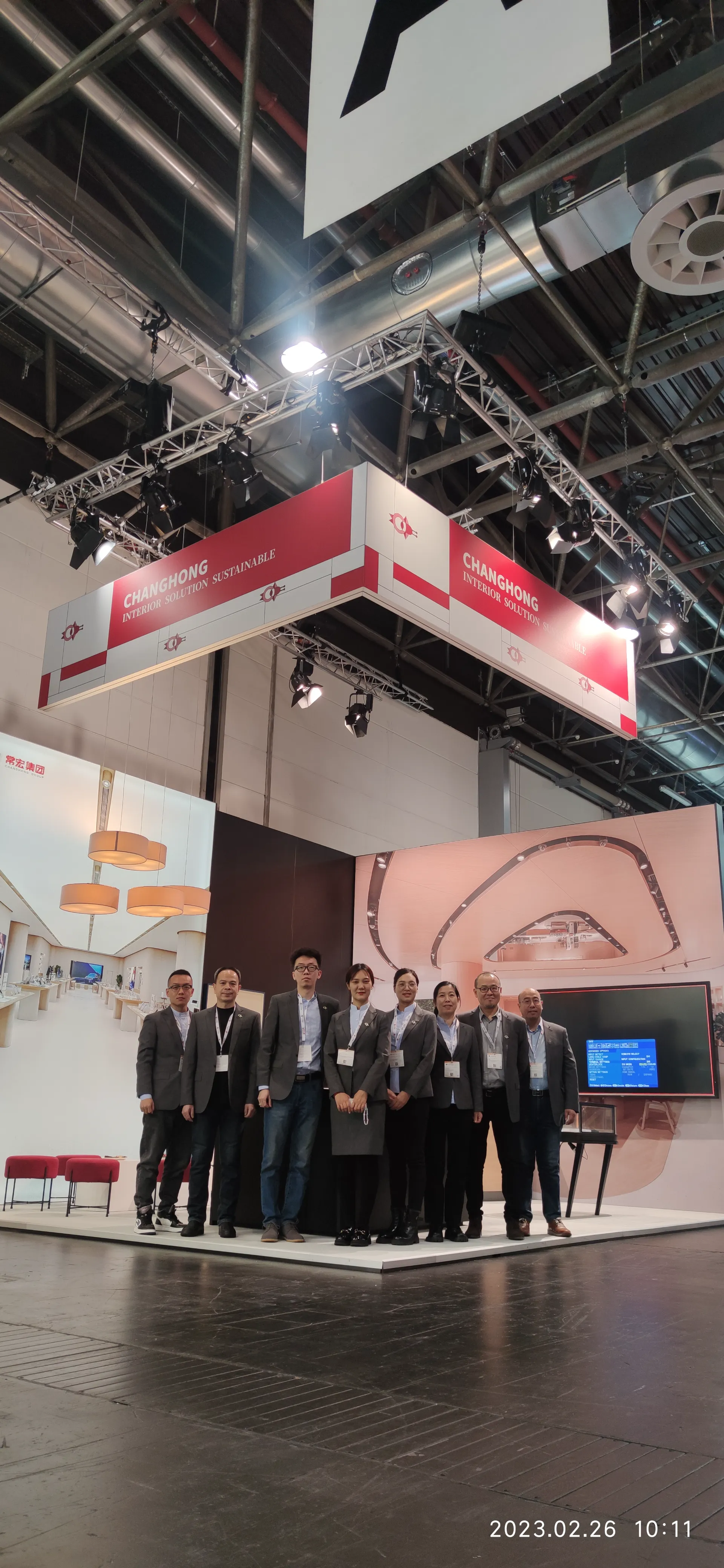Nov . 25, 2025 06:30 Back to list
Retail Display Fixtures: Maximizing Sales & Sustainability in Modern Retail
Retail Display Fixtures: Why They Matter in Today’s Global Market
Imagine walking into a store where everything is perfectly arranged—not just for aesthetics but to guide your purchase decisions almost subconsciously. That’s the magic of retail display fixtures. These fixtures aren’t just about shelves or racks; they’re strategic tools that shape consumer behavior and maximize sales. Globally, as retail spaces diversify, understanding the importance of these fixtures becomes critical for businesses aiming to stay competitive and relevant.
From bustling megacities to emerging markets, the right display can be a silent salesperson. According to the International Retail Association, well-designed displays can increase product visibility by up to 80%, significantly impacting sales volume. This is why industries worldwide invest considerable resources in selecting fixtures that not only showcase products but also align with cultural expectations and durability requirements.
Mini Takeaway: Retail display fixtures are pivotal in connecting products with consumers efficiently, influencing global retail success.
The Global Context: Why Retail Display Fixtures Are a Big Deal
Retail is a $25 trillion industry globally (World Bank data, 2023), and a colorful percentage of that success is tied directly to how products are displayed. With urbanization and e-commerce reshaping how stores look and function, the role of physical retail display fixtures is evolving. Notably, the rise of omnichannel shopping means that physical stores need smarter displays that can compete with online convenience.
Yet, this brings challenges. How do you create fixtures that are sustainable, adaptable, and cost-effective while appealing to diverse audiences? Especially when supply chains wobble, and environmental concerns are non-negotiable. This is where retailers need intelligent, modular, and innovative retail display solutions that serve multiple goals.
What Exactly Are Retail Display Fixtures?
In simple terms, retail display fixtures are the physical stands, shelving units, racks, mannequins, and even digital kiosks used in stores to hold and present merchandise. They are the framework making products accessible, visible, and desirable.
But more than that, they’ve become a bridge between traditional retail and modern shopping habits. As the retail industry embraces sustainability and tech, fixtures now integrate eco-friendly materials and touchless designs to meet humanitarian and health standards—think of safer customer interactions in post-pandemic shopping environments.
Mini Takeaway: Retail display fixtures are both practical furniture and strategic tools that reflect evolving consumer needs and global trends.
Core Components that Make Retail Display Fixtures Effective
1. Durability and Material Quality
Fixtures must withstand constant use and sometimes rough handling. Common materials include metal, wood, acrylic, and now, recycled composites. For example, metal racks offer longevity and a modern aesthetic but can be heavy and costly, while wood might lend warmth but can wear faster without maintenance.
2. Scalability and Modular Design
Retail environments change seasonally or due to promotions. Modular fixtures enable flexibility, allowing stores to reconfigure displays quickly without buying new units each time. It’s a smart way to adapt in unpredictable markets, particularly in emerging regions.
3. Cost Efficiency
Obviously frontline stores balance budget with appearance. Choosing fixtures that deliver both affordability and durability is a balancing act. Many retailers opt for mass-produced units with customization options to stay lean.
4. Aesthetic Appeal
Fixtures aren’t just functional; they tell a story or reflect brand identity. Sleek, minimalistic designs attract tech gadget buyers, while artisanal-looking displays might suit boutique clothing better.
5. Sustainability
Environmental costs are front and center. Many manufacturers now prioritize eco-friendly materials and processes, aligning fixtures with ISO 14000 standards—a commitment appreciated by eco-conscious customers and global shoppers alike.
Mini Takeaway: The best retail display fixtures strike a balance between functionality, cost, adaptability, and sustainability.
Global Applications & Real-World Use Cases
If you think retail display fixtures belong only to flashy department stores, think bigger. In Southeast Asia, small shop owners use lightweight, durable fixtures that can be easily moved to street markets. In Europe, luxury brands demand highly customizable, artistic displays that align with their brand’s exclusivity.
Even humanitarian organizations lean on similar principles. For example, in disaster relief camps, organizers use modular shelving akin to retail fixtures to distribute essential goods efficiently. This crossover hints at the broader versatility of high-quality display design, far beyond just shopping aisles.
Mini Takeaway: From urban boutiques to disaster zones, retail display fixtures facilitate organized delivery and enhance user experience globally.
Advantages and The Long-Term Value of Investing in Quality Fixtures
- Cost Savings Over Time: Durable fixtures reduce replacement need, lowering operational costs.
- Enhanced Customer Experience: Clear, attractive displays make shopping easier and more enjoyable.
- Sustainability Credentials: Eco-conscious fixtures bolster brand reputation.
- Flexibility: Modular systems mean stores stay current without major capital outlays.
- Emotional Connection: Thoughtful fixture design offers safety and dignity, especially in humanitarian or health-sensitive environments.
Frankly, many retailers say it’s not just about selling products—it’s about creating trust and emotional resonance with their customers. Proper fixtures silently communicate professionalism and care.
Technological Innovations and Emerging Trends
The future of retail display fixtures looks pretty exciting. We’re seeing:
- Smart Fixtures: Integrating sensors and digital signage that customize displays in real-time based on shopper demographics.
- Sustainable Materials: Bio-based plastics and recycled metals becoming mainstream.
- Automation: Robotic restocking and modular setup tools reducing labor costs.
- Energy Efficient Lighting: LED systems integrated into fixtures to enhance product appeal while saving energy.
Something I noticed lately—fixtures are even being designed to support VR and AR experiences, merging physical and digital retail in new ways.
Obstacles and Expert Solutions
Of course, not everything is perfect. Common issues include supply chain delays, high upfront costs, and balancing customization with mass production. But innovation helps. For example, vendors now use localized manufacturing hubs to reduce delivery times and cut carbon footprints.
Also, advances in 3D printing allow on-demand, bespoke fixtures that don’t require huge inventories. It’s like the industry is finally learning to move as fast as retail itself.
FAQ: Your Retail Display Fixtures Questions Answered
- What are the most durable materials for retail display fixtures?
- Metal alloys and high-quality wood tend to offer durability. Recently, composites made from recycled plastics also provide a balance between strength and sustainability.
- How can modular fixtures improve retail operations?
- Modular fixtures allow retailers to quickly adapt layouts for seasonal trends or special promotions, saving time and costs on reinstallation and reducing waste.
- Are eco-friendly retail display fixtures cost-effective?
- Initially, eco-friendly fixtures may cost more but tend to save money long-term through durability and positive brand impact. Plus, some regions offer tax incentives for sustainable retail investments.
- Can retail display fixtures be customized for small businesses on a budget?
- Yes, many manufacturers offer scalable customization options—from simple branded panels to bespoke shapes—that small retailers can afford without compromising style.
- How do digital innovations affect retail display fixtures?
- Digital tech enables interactive displays, smart shelving with sensors, and real-time data to optimize product placement and customer engagement, revolutionizing the shopping experience.
Quick Comparison: Popular Retail Display Fixtures Vendors
| Vendor | Materials | Customization | Price Range | Sustainability |
|---|---|---|---|---|
| ShopFlex | Metal, Wood | High | $$$ | Partial Recycled |
| EcoDisplay Co. | Recycled Plastics, Bamboo | Medium | $$ | 100% Sustainable |
| ModuRetail | Metal, Acrylic | Very High | $$$ | Limited |
Specs Snapshot: What to Look for in a Retail Display Fixture
| Feature | Typical Specs | Importance |
|---|---|---|
| Height | 5–7 ft (adjustable) | Medium – affects visibility |
| Weight Capacity | 50–200 lbs per shelf | High – supports product durability |
| Material | Metal/wood/plastic composites | High – affects lifespan |
| Modularity | Yes/No | High – adaptability is key |
| Eco Certifications | ISO 14000 or equivalent | Growing importance |
In sum, thoughtfully designed retail display fixtures can make or break the in-store experience. I suppose the biggest takeaway here is thinking beyond just the physical product — it’s about creating an environment that attracts, educates, and converts customers while respecting sustainability and budget constraints.
For businesses eager to tap into the latest, most flexible retail display fixtures, it’s worth browsing catalogs that mix technology, sustainability, and modularity.
References & Further Reading
-
Retail Display Fixtures: Maximizing Sales & Sustainability in Modern Retail
NewsNov.25,2025
-
Discover Innovative Display Fixtures for Retail and Relief | ShopDisplay
NewsNov.24,2025
-
Comprehensive Guide to Retail Store Fixtures – Trends, Benefits & Innovations
NewsNov.24,2025
-
Premium Store Display Fixtures - Durable & Sustainable Retail Solutions
NewsNov.23,2025
-
Your Expert Guide to Store Fixture Shops – Design, Sustainability & Trends
NewsNov.23,2025
-
Discover the Flexibility of Pop Up Shop Fixtures – Modular Display Solutions for Every Need
NewsNov.22,2025




